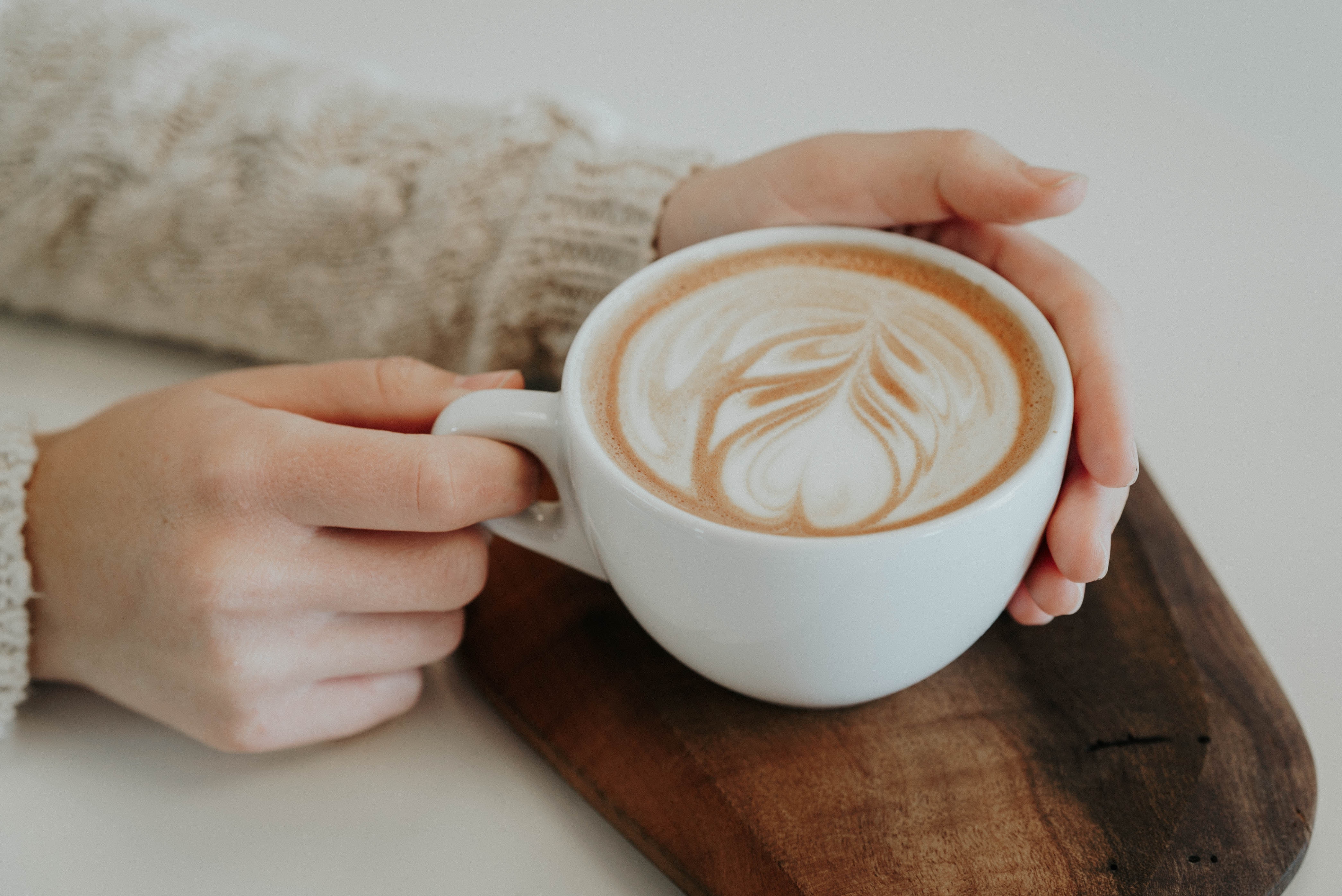中国語
Lesson 11. 有 (yǒu) for Expressing Existence in Chinese




有 (yǒu) is surely a useful word in Chinese! Besides using it for ‘possession’, we can use it to express ‘there is’ or ‘there are’ – the existence of someone or something in a particular place.
POSITIVE SENTENCE
The structure to express existence using 有 (yǒu):
Location + 有 + Object
| Location | There is/There are | Object |
| 桌子上 | 有 | 一杯咖啡。 |
| 桌子上 | 有 | 一杯咖啡。 |
| Zhuō zi shàng | yǒu | yībēi kāfēi. |
| on the table | there is | a cup of coffee |
| There is a cup of coffee on the table. | ||
| Location | There is/There are | Object |
| 我家裡 | 有 | 一隻狗。 |
| 我家里 | 有 | 一只狗。 |
| Wǒ jiā lǐ | yǒu | yī zhǐ gǒu. |
| in my house | there is | a dog |
| There is a dog in my house. | ||
NEGATIVE SENTENCE
For expressing ‘there is no’ or ‘there are no’, use 沒 [没] (méi) as the negative determiners. Read: Understanding the Difference Between「不」Bù and「沒」Méi – Chinese No or Not.
Structure: Location + 沒有 [没有] + Object
| Location | There is no/There are no | Object |
| 桌子上 | 沒有 | 咖啡。 |
| 桌子上 | 没有 | 咖啡。 |
| Zhuō zi shàng | méi yǒu | kā fēi. |
| on the table | there is no | coffee |
| There is no coffee on the table. | ||
| Location | There is no/There are no | Object |
| 我家裡 | 沒有 | 狗。 |
| 我家里 | 没有 | 狗。 |
| Wǒ jiā lǐ | méi yǒu | gǒu. |
| in my house | there is no | dog |
| There is no dog in my house. | ||
INTERROGATIVE SENTENCE
For asking whether someone/something is in a particular place, use the following structure:
Location + 有 + Object + 嗎 [吗] ?
| Location | Is there/Are there | Object | ? |
| 桌子上 | 有 | 咖啡 | 嗎? |
| 桌子上 | 有 | 咖啡 | 吗? |
| Zhuō zi shàng | yǒu | kā fēi | ma? |
| on the table | is there | coffee | ? |
| Is there any coffee on the table? | |||
| Location | Is there/Are there | Object | ? |
| 你家裡 | 有 | 狗 | 嗎? |
| 你家里 | 有 | 狗 | 吗? |
| Nǐ jiā lǐ | yǒu | gǒu | ma? |
| in your house | is there | dog | ? |
| Is there any dog in your house? | |||
Let’s learn Chinese today! Join us at LingoCards!
